News / Blog
Unlocking Innovation: How Electronic Components Drive the Future of Technology
The rapid advancement of technology hinges significantly on the innovation of electronic components, which serve as the fundamental building blocks for a myriad of devices and systems. According to a report by Fortune Business Insights, the global electronic components market is projected to reach $1.4 trillion by 2028, reflecting a CAGR of 8.5% from 2021. This phenomenal growth is driven by the surging demand for consumer electronics, automotive advancements, and the integration of smart technologies across industries.
 As we unlock new potentials in areas like artificial intelligence, IoT, and 5G, the role of electronic components becomes increasingly critical in enabling these breakthroughs. Understanding their significance in fostering innovation not only illuminates the future trajectory of technology but also highlights opportunities for businesses and investors alike to capitalize on this burgeoning sector.
As we unlock new potentials in areas like artificial intelligence, IoT, and 5G, the role of electronic components becomes increasingly critical in enabling these breakthroughs. Understanding their significance in fostering innovation not only illuminates the future trajectory of technology but also highlights opportunities for businesses and investors alike to capitalize on this burgeoning sector.
Understanding the Role of Electronic Components in Modern Technology
In today's rapidly evolving technological landscape, electronic components play a pivotal role in shaping modern innovations. As cities grow and the United Nations predicts that by 2050, 68% of the global population will reside in urban areas, the demand for smarter and more energy-efficient buildings has never been more crucial. Incorporating advanced electronic components into building infrastructures enhances functionality while optimizing resource use. For instance, printed circuit boards (PCBs) serve as the backbone of electronic devices, facilitating the compact design and integration of multi-functional systems that contribute to energy management and sustainability in urban environments.
Moreover, artificial intelligence (AI) is revolutionizing multiple sectors, from healthcare to automation. The effectiveness of AI relies heavily on robust electronic components that ensure high performance and reliability. A recent report indicates that the global AI market is expected to reach USD 190 billion by 2025, driven significantly by advancements in integrated circuits and smart sensors. Educational institutions are also adapting by establishing integrated circuit design programs to prepare the next generation of talent for the industry. This synergy between education and technology is essential for fostering innovation and meeting the ever-growing demand for sophisticated electronic solutions in our future cities.
Unlocking Innovation: The Role of Electronic Components in Modern Technology
This bar chart illustrates the market demand for various electronic components driving innovation in modern technology. Microcontrollers lead the market with the highest demand, followed by sensors and power supplies. Understanding these components is crucial for unlocking future technological advancements.
Identifying Key Innovations Driven by Electronic Components
The global market for LED driver ICs is poised for remarkable growth, with projections indicating a rise from $22.15 billion in 2024 to $43.39 billion by 2032, reflecting a compound annual growth rate (CAGR) of 8.8%. This growth underscores the pivotal role that electronic components play in shaping the future of technology, particularly in the realm of lighting solutions. The increasing demand for energy-efficient and intelligent lighting systems across both residential and commercial sectors is driving innovations in LED driver technologies.
In addition to LED drivers, advancements in gate driver ICs are also noteworthy, with the market expected to reach $6.2 billion by 2032, growing at a CAGR of 4.5%. These innovations are essential for enhancing the performance of wide bandgap power devices, which are integral to efficient power management. As manufacturers continue to focus on developing high-frequency, high-efficiency solutions, we can expect electronic components to remain a vital catalyst for technological advancement in various industries.
The recent Shenzhen International Electronic Components and Materials Procurement Exhibition has highlighted these trends, showcasing a shift towards collaborative innovation in supply chains, further emphasizing the transformative potential of electronic components in the modern economy.
Exploring the Impact of Miniaturization on Electronic Devices
The rapid advancement of miniaturization in electronic components is revolutionizing the technology landscape. According to a report by Grand View Research, the global miniaturization market is projected to reach approximately $1.3 trillion by 2025. This trend is driven by the increasing demand for compact, efficient devices in sectors ranging from consumer electronics to healthcare. As manufacturers strive to optimize performance while minimizing size, innovations in materials and fabrication techniques are essential.
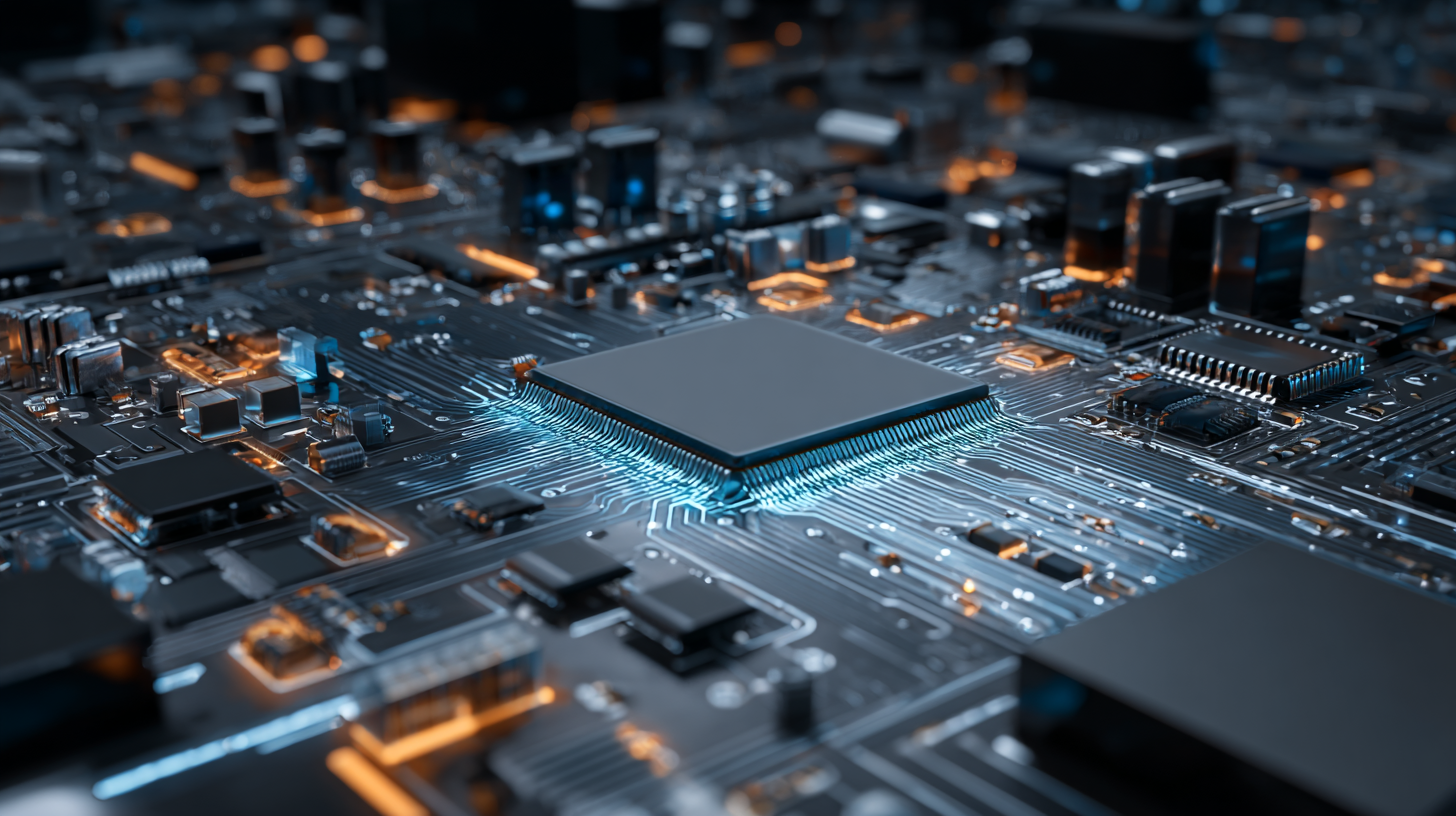 Miniaturization not only enhances the portability of devices but also improves their energy efficiency. For instance, smaller components often result in reduced power consumption, which is crucial as energy efficiency increasingly becomes a priority in device design. Research from the National Institute of Standards and Technology (NIST) indicates that energy-efficient electronics can improve battery life by up to 30%, enabling a new generation of devices that are both powerful and sustainable. The convergence of miniaturization and efficiency is allowing for the development of more sophisticated technologies, from wearable devices to smart home systems, ultimately shaping the future of how we interact with technology on a daily basis.
Miniaturization not only enhances the portability of devices but also improves their energy efficiency. For instance, smaller components often result in reduced power consumption, which is crucial as energy efficiency increasingly becomes a priority in device design. Research from the National Institute of Standards and Technology (NIST) indicates that energy-efficient electronics can improve battery life by up to 30%, enabling a new generation of devices that are both powerful and sustainable. The convergence of miniaturization and efficiency is allowing for the development of more sophisticated technologies, from wearable devices to smart home systems, ultimately shaping the future of how we interact with technology on a daily basis.
Integrating Sustainable Practices in Electronic Component Manufacturing
The integration of sustainable practices in electronic component manufacturing is becoming increasingly crucial as the industry grapples with environmental challenges. Recent projections indicate that the semiconductor recycling and sustainability market will experience a remarkable compound annual growth rate (CAGR) of 15%, potentially reaching USD 87.7 billion by 2034. This surge emphasizes the industry's commitment to adopting reverse logistics and circular economy principles, enabling companies to innovate and extend the lifecycle of their products while minimizing waste and resource depletion.
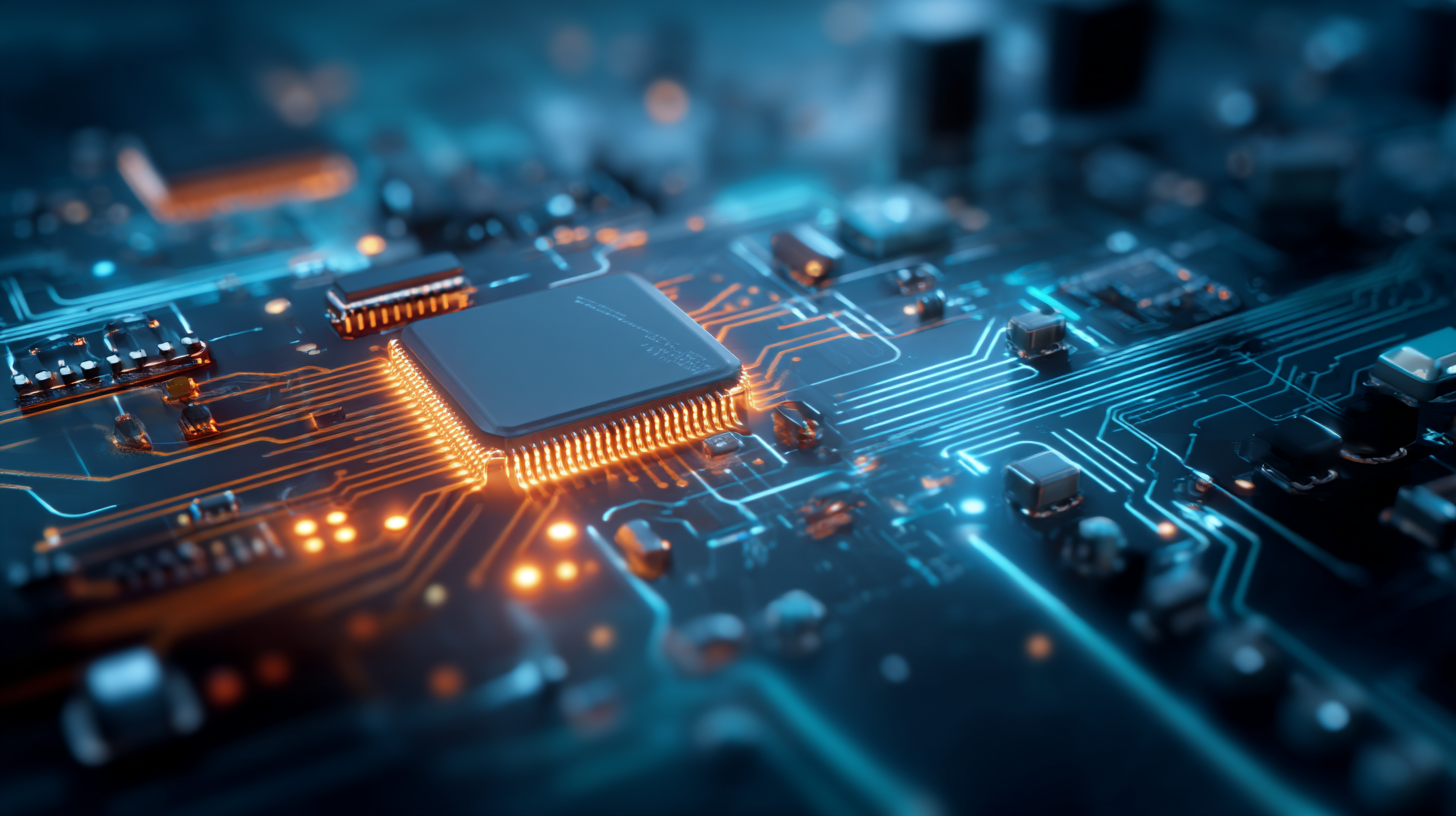
The focus on sustainable electronics manufacturing is not just a trend; it's a necessity driving significant market potential, with estimates suggesting it could unlock a powerhouse worth USD 134.22 billion by 2035. Moreover, initiatives, such as TSMC-sponsored undergraduate research projects aimed at improving sustainability in semiconductor practices, showcase the collaborative efforts to enhance environmentally friendly methods. As manufacturing practices evolve towards achieving net-zero operations, companies are discovering that incorporating sustainability not only meets regulatory requirements but also enhances efficiency and reduces costs, making a greener future more attainable.
Forecasting Future Trends in Electronic Component Development
The electronic components industry stands at the forefront of technological advancement, driving innovation across multiple sectors. According to recent market analyses, the global electronic components market is projected to expand from $428.22 billion in 2025 to an impressive $847.88 billion by 2032, reflecting a compound annual growth rate (CAGR) of 10.3%. This growth trajectory is primarily fueled by the increasing demand for smart devices, automotive electronics, and advanced manufacturing technologies.
As the significance of electronics continues to permeate various industries, trends indicate a robust focus on miniaturization and energy efficiency in electronic component design. Emerging applications such as artificial intelligence, Internet of Things (IoT), and renewable energy technologies are set to propel further innovation in this space. Industry reports highlight that advancements in semiconductor technology and the integration of smart materials are key drivers for meeting the evolving needs of consumers and businesses alike. The future of electronic components is not merely about growth in numbers, but also about fostering sustainable and intelligent solutions that redefine the technological landscape.
Related Posts
-

How to Navigate the Best Electronic Components Website for Your Project Needs
-
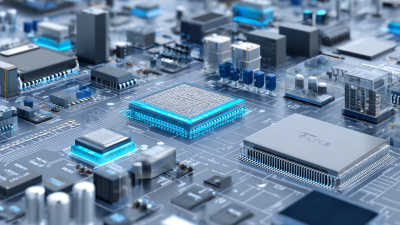
Navigating Trends in Electronic Components at the 138th Canton Fair 2025 in China
-
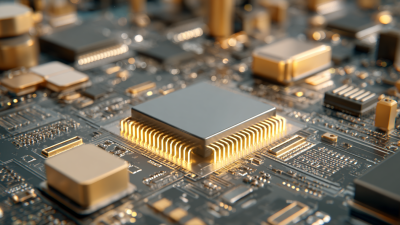
Unlocking Innovation: The Role of Electronic Components in Shaping Future Technologies
-

Exploring the Future of Electronic Components: Innovations and Insights from Leading Suppliers
-

Unlocking Innovation: The Future of Electronic Components in Smart Technology Development
-
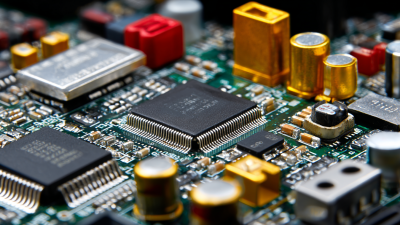
Maximize Efficiency: Top Trends in Electronic Components Purchase for 2024
